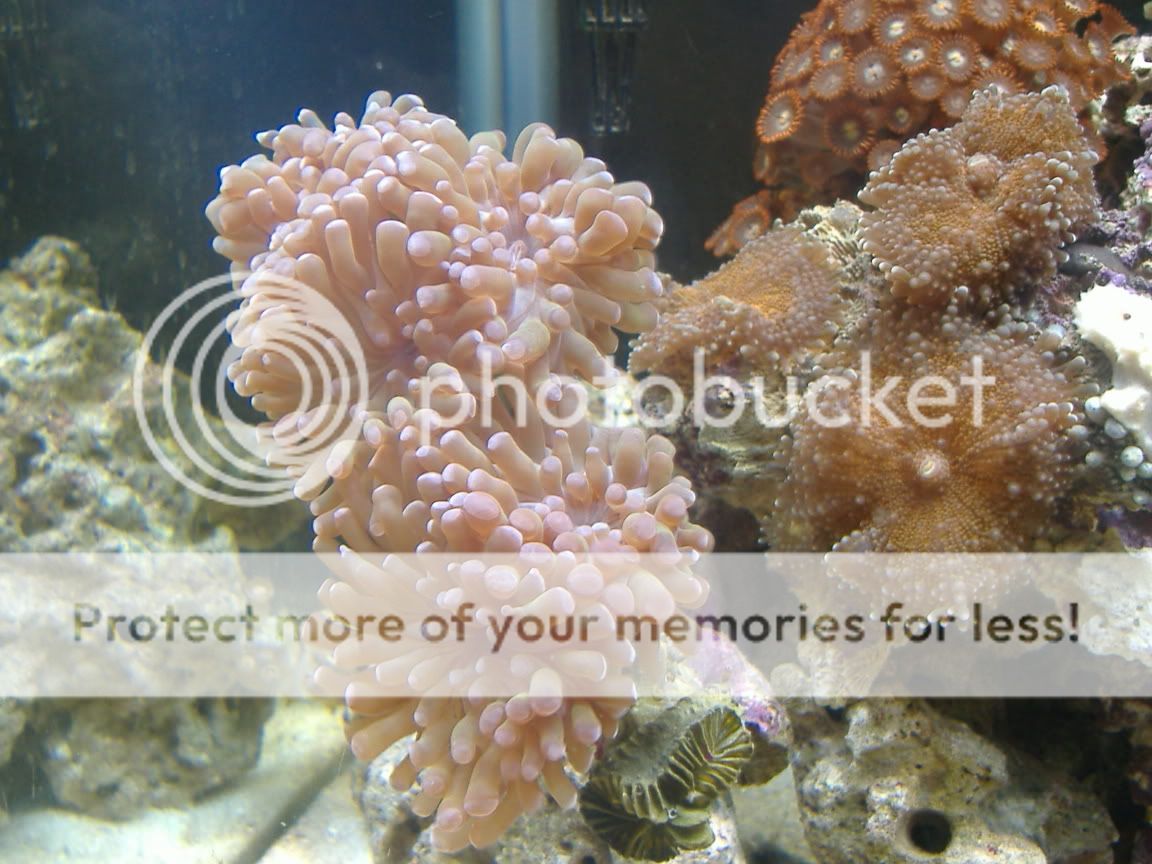rabbut
I don't bite, all that often...
Work uses manual removal for nudis as corals are added to the display, but once they are in the tank, you are usualy struggling. They are hard to erraditace completely if they get a foot-hold 
Just keep checking the corals and remove the nudis as and when they appear. Zoo eating nudis carry a toxin on them, so be shure to be careful whan handling them, wear gloves, as injesting the poison is very bad.... As is geting the toxin into your eyes/nose and/or cuts...
All the best
Rabbut

Just keep checking the corals and remove the nudis as and when they appear. Zoo eating nudis carry a toxin on them, so be shure to be careful whan handling them, wear gloves, as injesting the poison is very bad.... As is geting the toxin into your eyes/nose and/or cuts...
All the best
Rabbut













 but i guess the colours would change over time
but i guess the colours would change over time 





